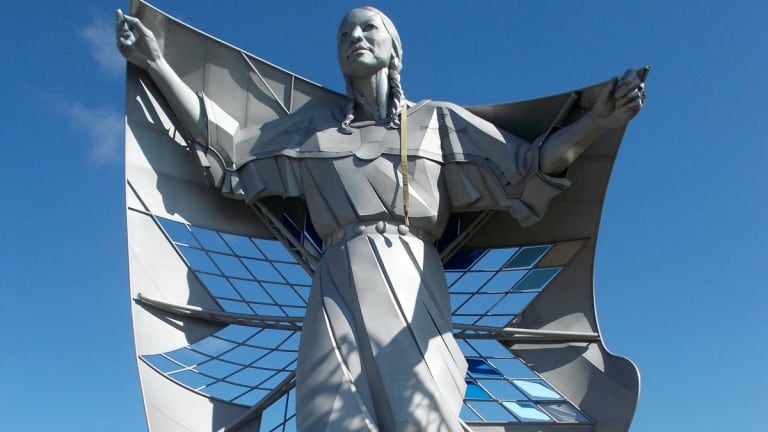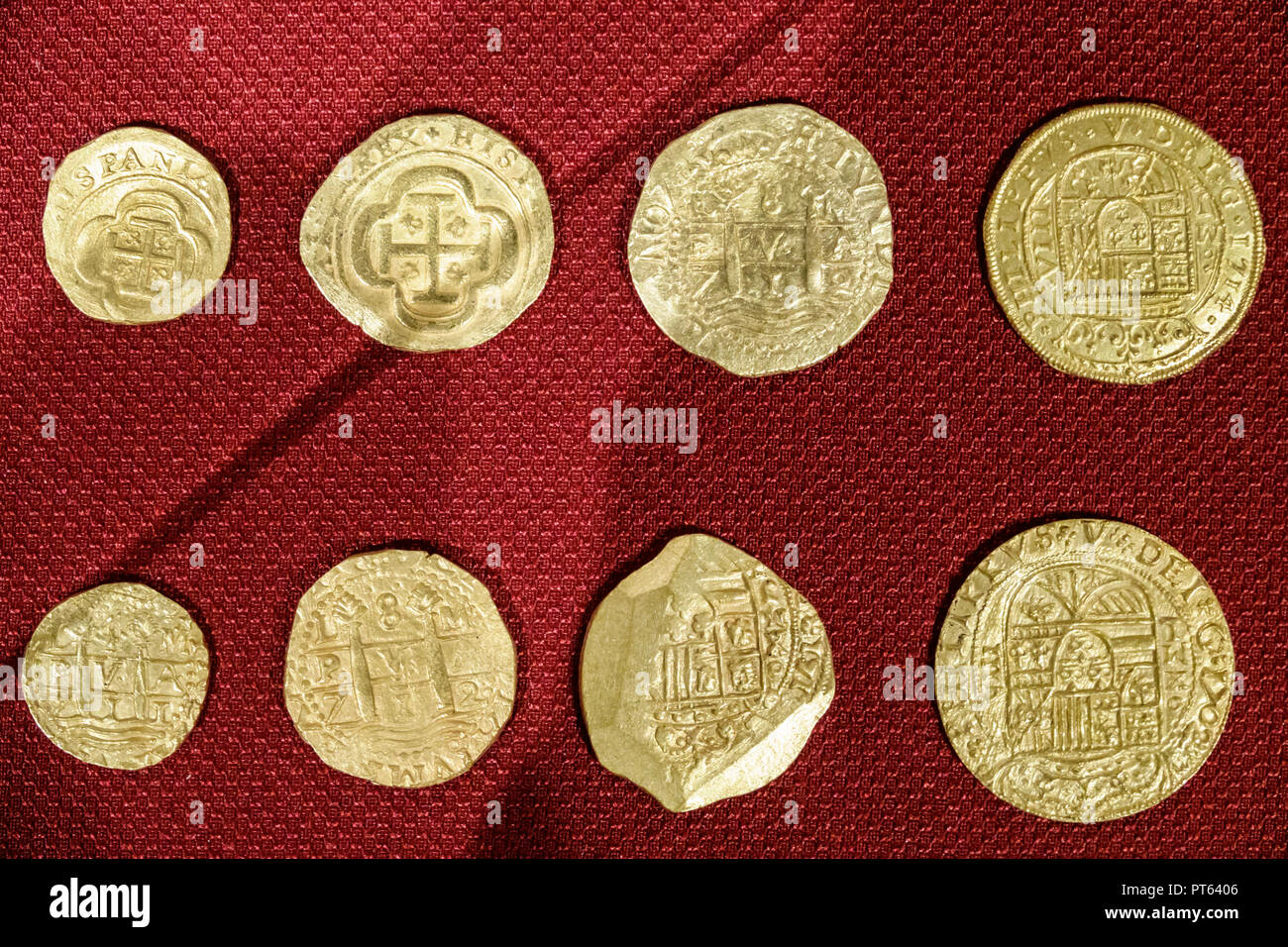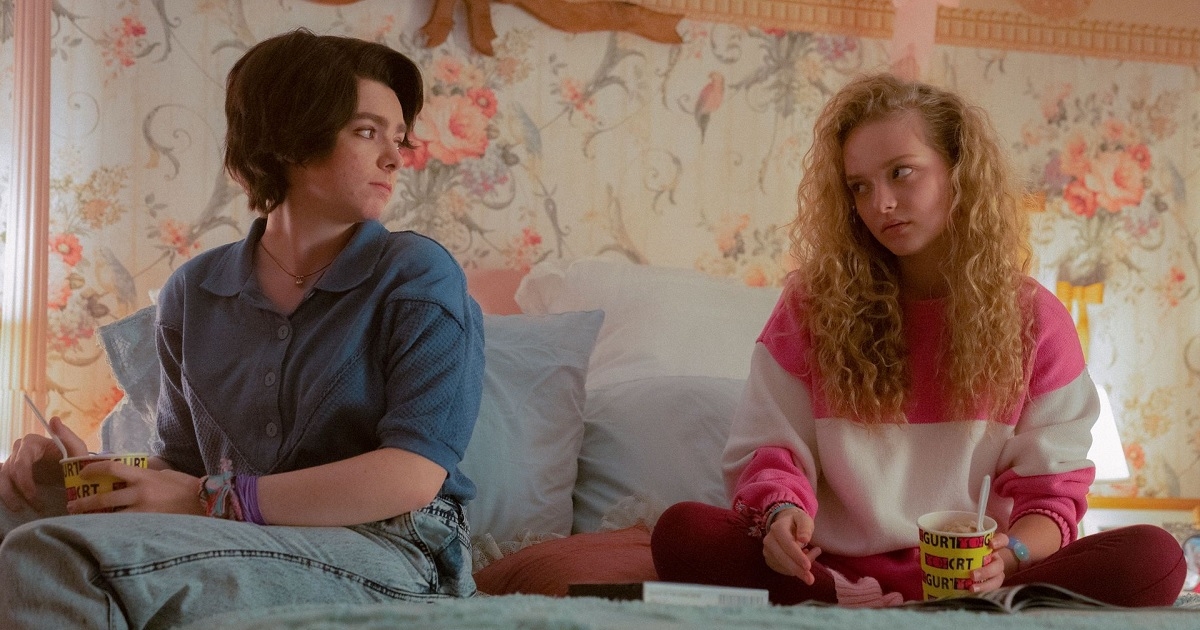Installation view, Arts of the Himalayas. Brooklyn Museum (Photo: Danny Perez)
The ten-year renovation project celebrates the diversity and encyclopedic scope of the museum’s famous collections through more than 20,000 square feet of space. Renovated for the first time in forty years, the floor now features nearly 700 objects, including newly preserved and rare artwork.
The new home for the Arts of Asia and the Islamic World creates a cross-cultural dialogue between collection areas and highlights a variety of aesthetic, creative, social, and intellectual achievements throughout Asia and around the Mediterranean Sea, from ancient times to the present. These newly renovated galleries on the second floor of the museum feature. Asian and Islamic artwork in custom case work enhanced by state-of-the-art lighting. The renovations create greater flexibility, facilitating the rotation of installation objects to display a wider range of materials.
Arts of South Asia and Arts of the Islamic World will be the final galleries on the floor to reopen, marking the first time in ten years that artworks from these collections boast more than seventeen thousand objects, including sculptures, textiles, paintings , ceramics. , drawings, prints, carvings, decorative arts, metals and other artifacts — will be on display. Previous openings include the Arts of Korea gallery in 2017, the Arts of China and Arts of Japan galleries in 2019, the Arts of Southeast Asia gallery in 2021, and the Arts of Buddhism and Arts of the Himalayas galleries in 2022.
“We are thrilled with the long-awaited conclusion of this project,” say Joan Cummins, Lisa and Bernard Selz Curator, Asian Art, Brooklyn Museum. “The new installation encourages a rich and nuanced understanding of the diversity and encyclopedic scope of the collections, ranging from Japanese guard figures to Indian miniature paintings, from Chinese cloistered altarpieces to Korean celadon. All objects have been selected and interpreted with an eye to deepening understandings of the many aspects of Asian cultural heritage. Future rotations of artwork will reintroduce different elements from our amazing collections to our visitors. “
“It was a pleasure to see the entire floor, which has not been on display in its full glory since 2012,” says Anne Pasternak, Director of Shelby White and Leon Levy, Brooklyn Museum.
“We especially want visitors to engage with our Arts of the Islamic World collection, which showcases the creative and intellectual diversity of Islamic art in religious and secular contexts from different periods and regions in Asia, Africa and Europe,” says Ayşin Yoltar. -Yıldırım, Hagop Kevorkian Associate Curator of Islamic Art, Brooklyn Museum.
The museum’s collection of South Asian art includes extensive and important holdings of stone, metal, and wood carvings, manuscript paintings, and decorative arts dating from the third millennium BC. to the present. Particular strengths include early terracotta sculptures, Rajput miniature paintings, and Hindu temple sculptures from northern and central India. Several objects are visible for the first time in decades, including a tiny stone seal from the Indus civilization of ancient Pakistan, six carved stone window sills (jalis) from Rajasthani building, and a newly preserved, embroidered tent panel depicting scenes from romantic tales.
The presentation of this gallery of 123 objects highlights the sacred and secular traditions that inspired the aesthetics and symbolism of South Asian art. A large section is devoted to the arts of Hinduism, with introductions to the most important deities of the religion. Other sections depict the earliest artistic traditions of India and objects made in service of the Jain religion. Architectural elements of wooden and stone temples and other buildings are installed in a way that evokes their original settings. Additionally, a section on India’s later arts, including those inspired by Islam, features decorative objects, architectural elements, paintings, and textiles.
This gallery displays 143 objects from Asia, Africa, Europe and North America scattered through fourteen centuries and mediums including textiles, ceramics, works on paper, metalwork and glass. The geographical area represented in the galleries exemplifies the extent of the broad influence of Islam. Highlights include furniture from religious and grand buildings, a large, low case of ceramics and glass vases for food and drink, and the important collection of the Qajar Museum of Paintings of Iran.
Divided into sections dedicated to religious and secular works, the gallery presents a variety of artistic developments in regions where Islam has become a dominant faith and political empowerment. Objects from different areas or periods appear side by side, showing how various Islamic traditions have adopted artistic concepts.
Based on multiple areas of the Asian art collection, the 68 objects in the Arts of Buddhism gallery focus on the exchange of ideas between regions and cultures, serving as an introduction to the dogmas and history of the religion. Through the juxtaposition of images from diverse traditions and historical periods, the installation illustrates the mix of continuity and innovation that has characterized Buddhist art throughout Asia.
Among the objects on display are several of the Museum’s masterpieces, including a rare eighth-century image of the goddess Tara of Odisha, India; a Chinese silver reliquary dedicated to a Buddhist monk and his mother; and gilded bronze sitting Buddha from southern China. As part of the gallery’s inaugural installation, a pair of rare, beautifully preserved fourteenth-century Japanese mandala paintings are being viewed for the first time in twenty-five years.
In March 2022, the museum opened a gallery dedicated to Himalayan art for the first time. The Himalayan Asia, which includes the Tibetan Plateau and surrounding regions, is a geographical and cultural crossroads between South, East and West Asia. The museum’s small but significant collection of 23 Himalayan artworks reflects the diverse influences and distinctive cultures and traditions of the region. The about thirty prominent objects on display are mostly religious in nature, representing both Buddhist and Hindu traditions. They include a painted wood carving of a Nepali goddess, stone reliefs, and smaller treasures including bronze, stone, and ivory sculptures as well as a rare ossuary.
The 35 objects in the Arts of Southeast Asia gallery represent nearly a millennium of history, celebrating the distinct cultural, aesthetic, and religious traditions of the lands now called Thailand, Cambodia, Vietnam, and Indonesia. The Museum’s collection focuses on the remains of important ancient kingdoms that built large stone or brick temples dedicated primarily to the deities of Hinduism and Buddhism. In the center of the gallery is a trio of standing figures, carved in stone in Cambodia between the tenth and twelfth centuries. Also notable is a beautiful fragment of a Thai bronze Buddha sculpture dating to the late fourteenth or early fifteenth century.
Interpretation of the objects focuses on how they were made and used, and by whom. As for figurative imagery, interpretive text examines religious and royal iconography. While the objects are arranged by region of origin, labels point to moments of intersection when regions have exchanged ideas and forms.
Highlighting five thousand years of Chinese artistic achievements and their rich diversity, this gallery includes bronzes, ceramics, paintings and selections from the museum’s unrivaled collection of cloistered enamels. Many of the installation’s 135 works were not visible for decades before the gallery’s reopening in 2019. Main themes include funerary art related to early Chinese tombs and burials; ritual objects related to worship, Buddhism and Daoism; and the arts of the imperial court and scholar-officials.
In particular, this almost encyclopedic display of Chinese artwork includes contemporary art. Since 2014, the Museum has acquired more than fifty contemporary paintings and sculptures by artists of Chinese descent that are exhibited in rotation in the gallery, often in conversation with historical works.
The 66 works of art in this gallery trace more than two thousand years of innovation in Japanese art, including Buddhist temple sculptures, ukiyo-e prints, paintings and lacquerware. Among the masterpieces on display is an oversized painted wooden head of a thirteenth-century guard figure, with bare teeth and shining crystal eyes, who stood in a Buddhist temple to drive out enemies. A large area was reserved for the museum’s growing collection of ceramics by contemporary artists, often juxtaposed with related historical pieces. Shown prominently is a presentation of Ainu artifacts, unparalleled outside of Japan, that showcases the cultural diversity within the country – an important aspect often overlooked by Western scholars.
A pioneer in the collection and display of Korean art, the museum has amassed one of the country’s leading Korean art collections and was one of the first American museums to establish a permanent Korean art gallery. The approximately ninety-five objects on display occupy a gallery triple the size of the original space and include ceramics, paintings, textiles, costumes, furniture, sculptures, metalwork, glass, arms and armor, and other decorative arts from the Three Kingdoms period up to. the early twentieth century. Notable objects include the twelfth-century Ewer in the Shape of Lotus Bud, considered one of the world’s finest Korean pottery for its exquisite modeling and moderate decoration, and intricate six-century earrings that show the spread of art-making techniques across the Silk Routes that linked East and West.
The Arts of Asia galleries are organized by Joan Cummins, Lisa and Bernard Selz Senior Curator, Asian Art, in collaboration with Susan Beningson (Arts of China) and Alison Baldassano (Arts of the Himalayas).
The Arts of the Islamic World galleries are organized by Ayşin Yoltar-Yıldırım, Hagop Kevorkian Associate Curator of Islamic Art.
The reinstatement of the Korean collection is made possible by the National Museum of Korea and Young Hwan Jeong.
The reinstatement of the Japanese collection is made possible by guidance support from Johanna and Laurent Alpert; Wyonong and Christopher Austin; Alan L. Beller; Constance Christensen; Katharine and Peter Darrow; Jamie and Robert P. Davis; William F. Gorin; Michele Hertz and Lawrence Friedman; Collie and Charles Hutter, Karl and Jennifer Hutter, and Katherine and Eric Mason; Danielle and Jeff Karpf; Claudia and Wilson Langworthy; Joan B. Mirviss and Robert J. Levine; Barbara F. and Richard W. Moore; Annie Paulsen and Al Garner; Leslie and David Puth; Elizabeth A. Sackler; Jennifer Sage and Nicolas Grabar; Anna and George Sampas; and Wendy and Stephen Shalen. These generous donations were made in honor of longtime Brooklyn Museum Trustee Leslie Langworthy Beller (1951-2017).
The reinstatement of the Chinese collection is made possible by guidance support from the E. Rhodes and Leona B. Carpenter Foundation and the Freeman Foundation.
Significant support for the reinstatement of the Southeast Asian collection is enabled by an anonymous donor.
Guidance support for the reinstallation of the Arts of Asia collection is provided by The Andrew W. Mellon Foundation.
Related
Is the Smithsonian zoo free?
Visit the Zoo! The Zoo is free and open daily from 8 a.m. until 4 p.m. Passes are required for all guests, including babies.
How much does the National Zoo in Washington cost? The National Zoo is located in DC’s Woodley Park residential area and, like all Smithsonian museums, admission is free. See the article : Prairie Heights offers Civic Arts graduation route | Heraldrepublican.
How long does it take to go through the Smithsonian Zoo?
How long: I recommend 2-4 hours to see the whole zoo.
How much does it cost to park at the DC Zoo?
How much does it cost to park at the National Zoo? The National Zoo’s official parking lots charge $ 30 for the entire day. On the same subject : A Young Actors student sang on Broadway with the benefit of Arts for Autism.
Is MoMA or met better?
The MoMA specializes in modern and contemporary art. The Met offers more dining options, including a high-quality restaurant and multiple cafes. This may interest you : Our City: Iowa City is a city of art. The MoMA also boasts a highly rated restaurant, with only two random choices.
Is MoMA worth seeing? Great Museum. “Must visit” in every way, but it will take at least three visits to cover every aspect of the Museum. Very spacious, airy and well lit. Well organized, with excellent exhibits for every taste in Art, Design and Sculpture, from Medieval Armor to American Contemporary Art.
Which is better the Met or the Guggenheim?
The Metropolitan Museum of Art and Solomon R. Guggenheim Museum are both recommended by experienced reviewers. On balance, Solomon R. Guggenheim Museum ranks slightly better than The Metropolitan Museum of Art.
Is the Met or MoMA bigger?
Both institutions are world-class museums that any art or cultural lover should definitely visit at least once in their life, but they also have important differences. The MET is incomparably larger, with more gallery space and larger collections.
Is the Met museum worth it?
The Metropolitan Museum of Art In fact, if you only go to one museum at a time, make it the Met. Even if you don’t care about artistic nuance or the technical genius on display, you can’t help but be impressed – there are over 2 million objects covering 5,000 years of world history.
Why are museums still needed?
They help us understand how past cultures have adapted to changing worlds and have a lot to teach us as we adapt to changing climates, new technologies and the possibility of living in space. Their preservation should be a top priority for anyone who cares about our collective humanity.
Are museums extinct? Museums are not going extinct, despite what statistics might indicate. The rise of interactive media, including social media, is giving a new kind of image to the tried and true museums.
How do museums benefit society?
Museums can increase our sense of well-being, help us feel proud of where we came from, can inspire, challenge and stimulate us, and make us feel healthier. With society facing problems such as poverty, inequality, intolerance and discrimination, museums can help us understand, debate and challenge these concerns.
What is the role of museums in today’s society?
Museums enable people to explore collections for inspiration, learning and enjoyment. They are institutions that collect, protect, and make accessible artifacts and specimens that they hold in trust for society.
Why do we still need museum?
For centuries, museums have played an integral role in preserving the history of our society. Exhibits tell us stories of how our nation, our communities and our cultures came into being and without them, those stories could have been forgotten. Museums serve our communities in many ways, as we have seen with our own eyes.





